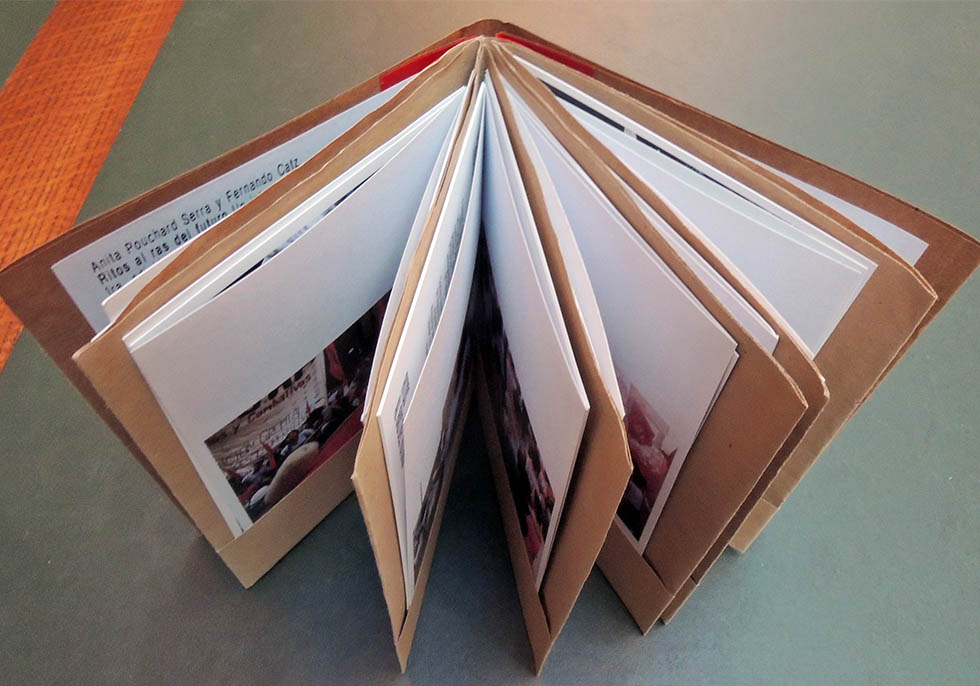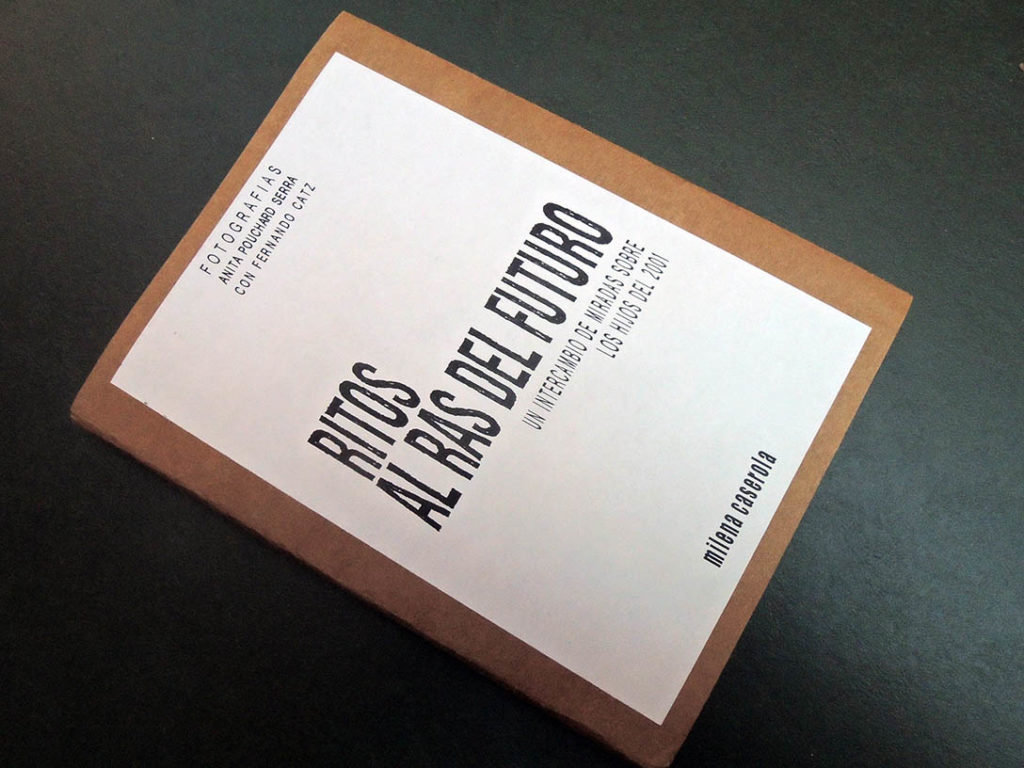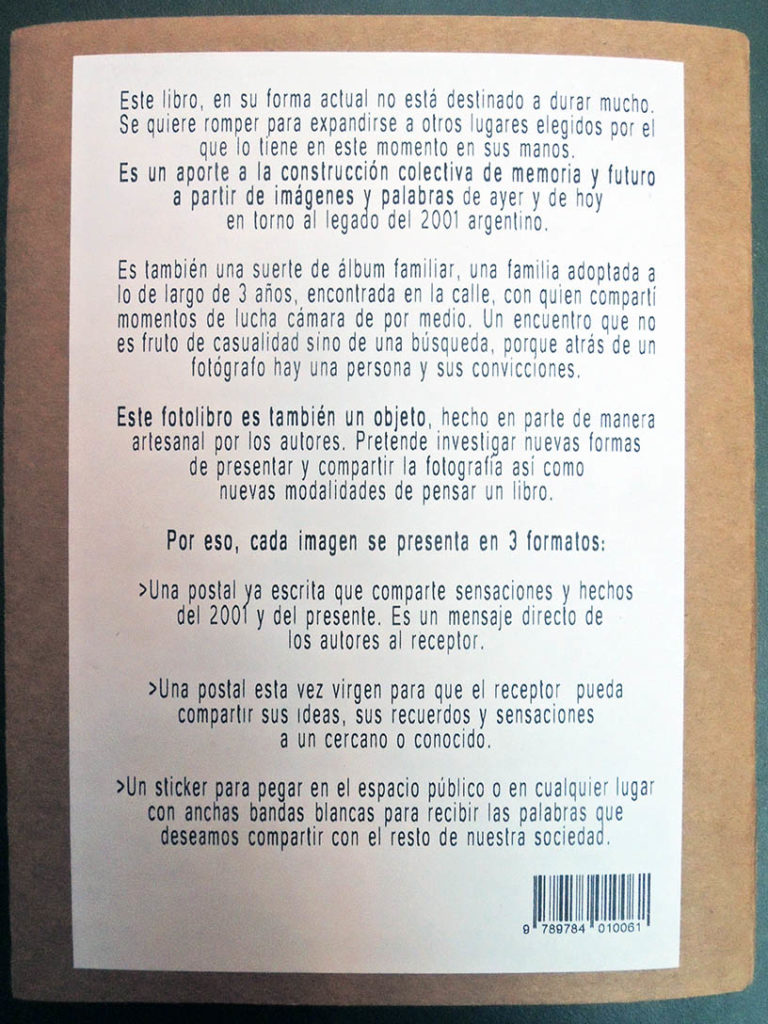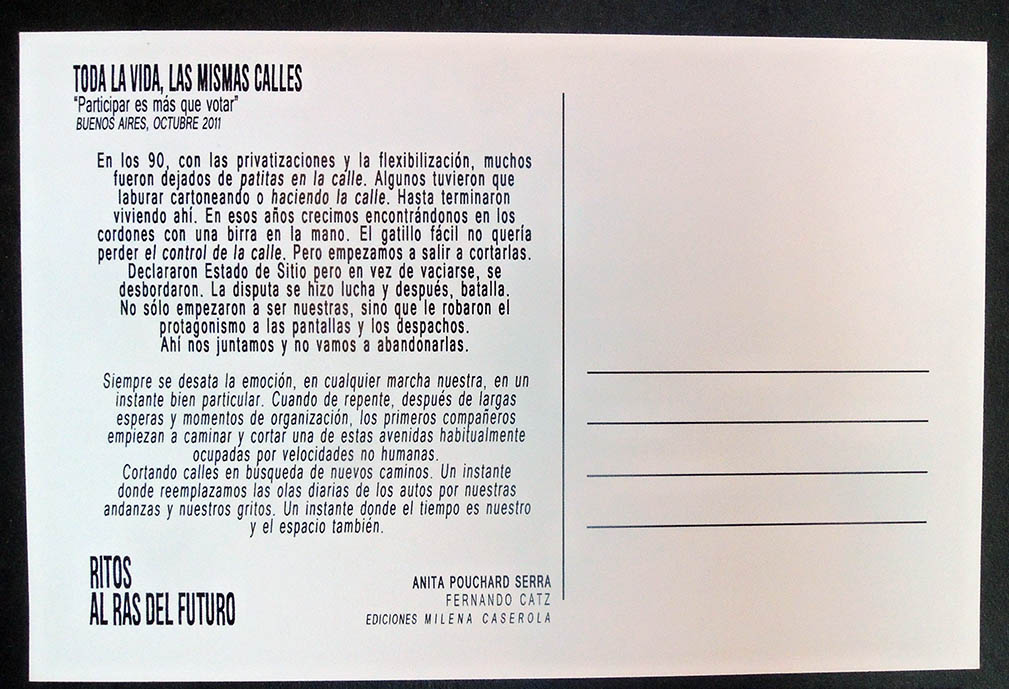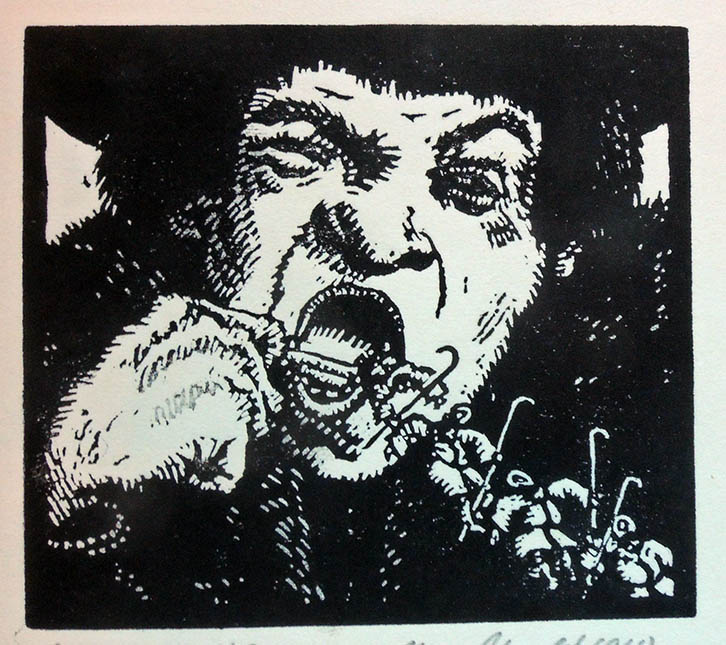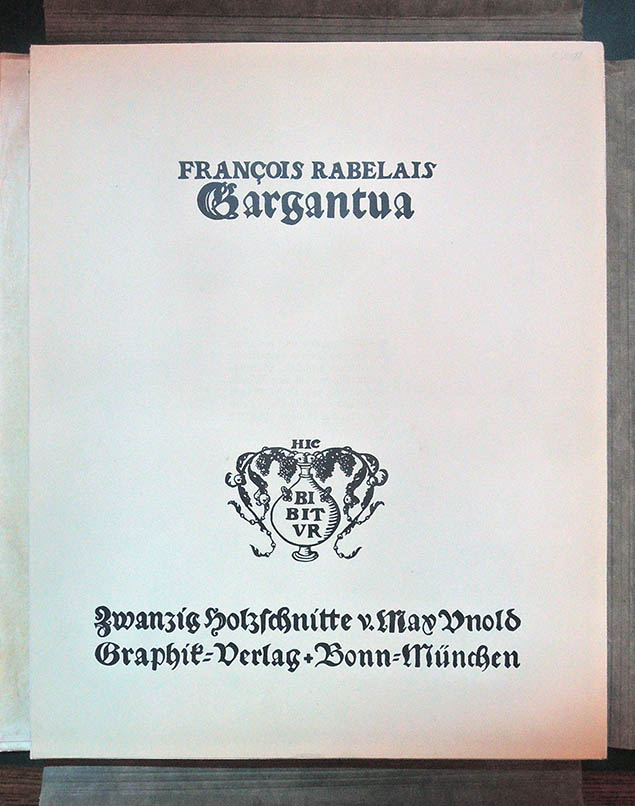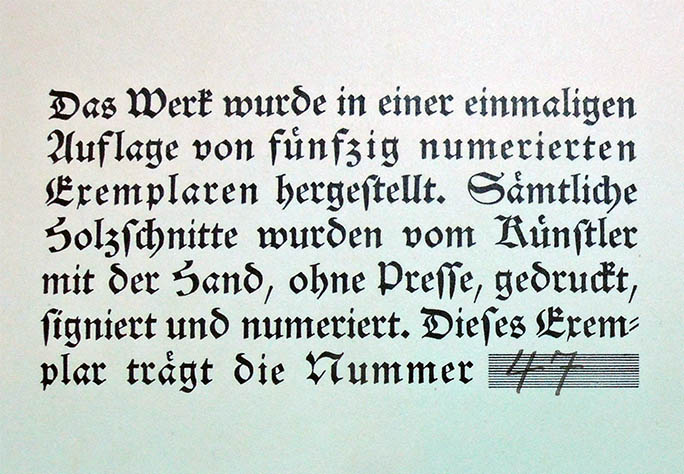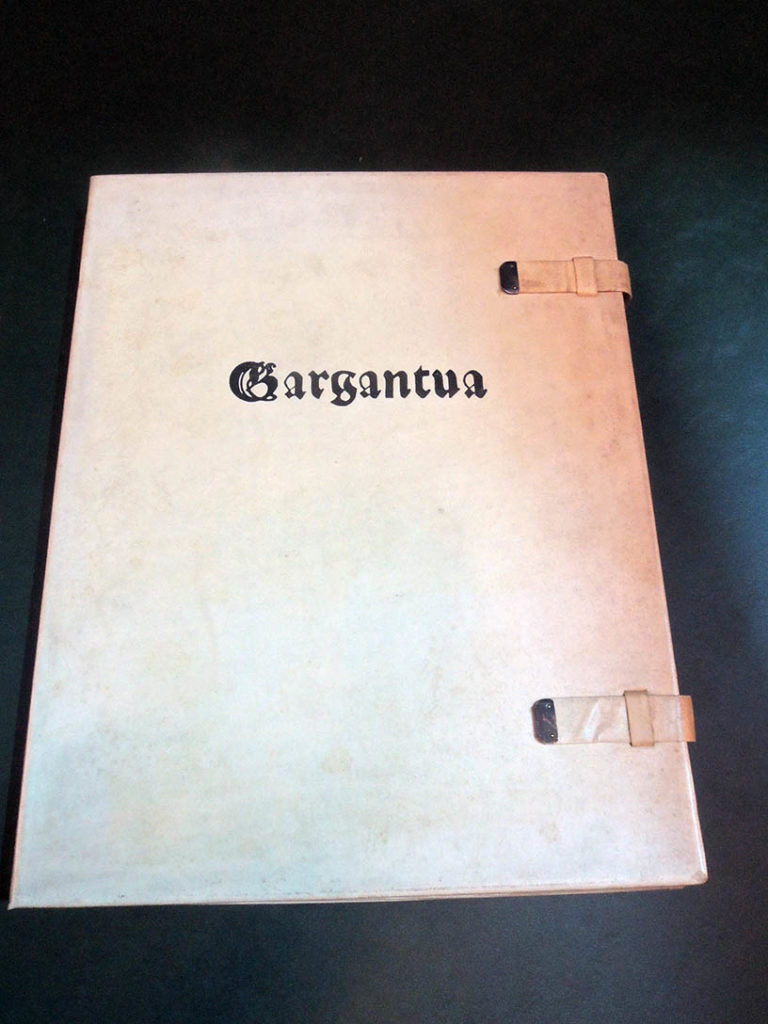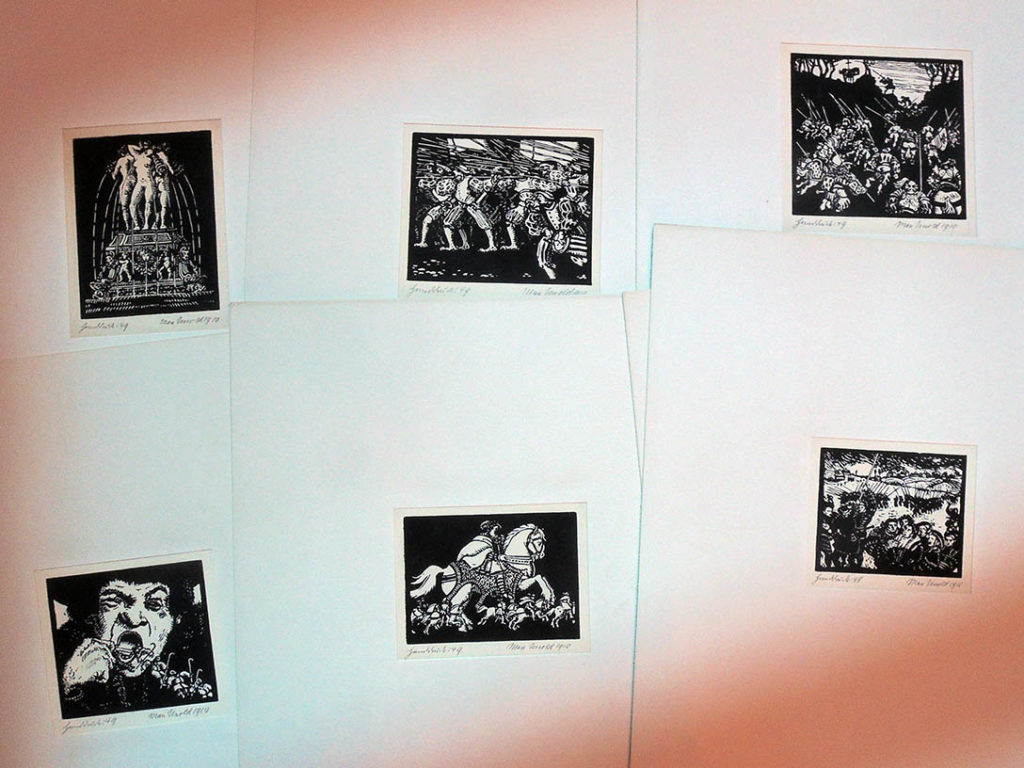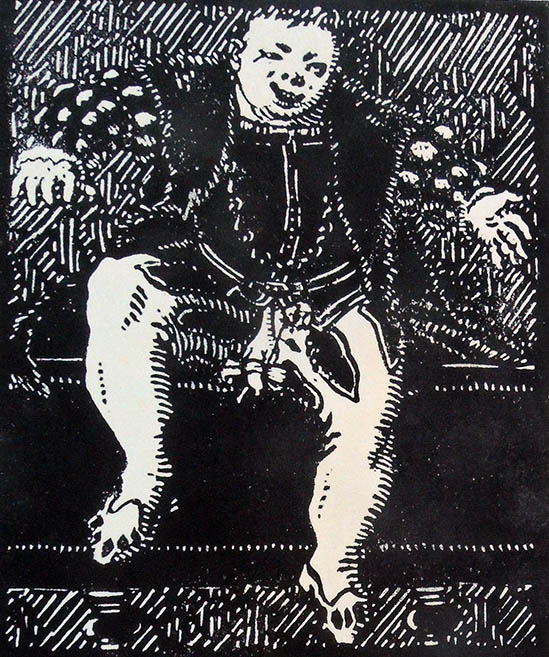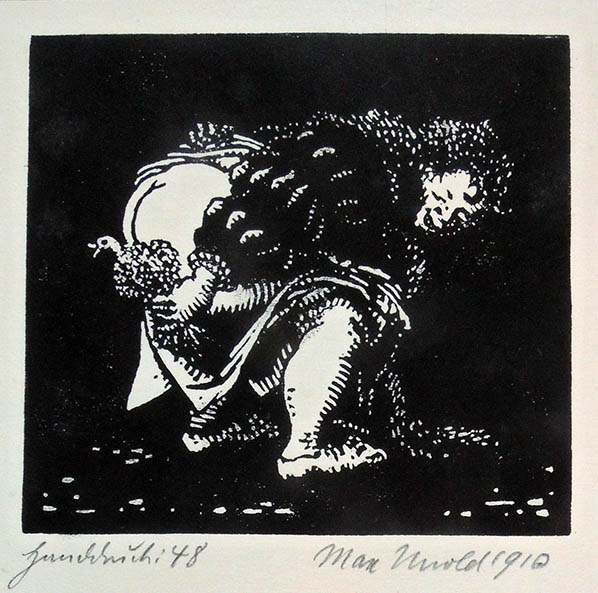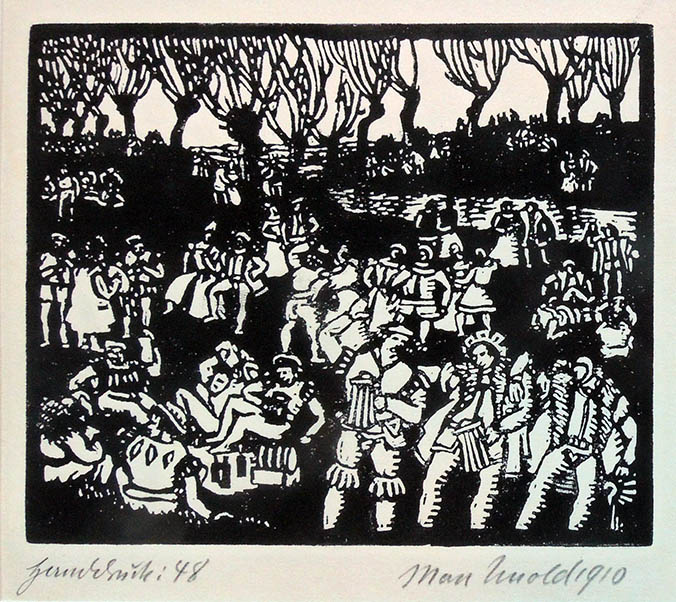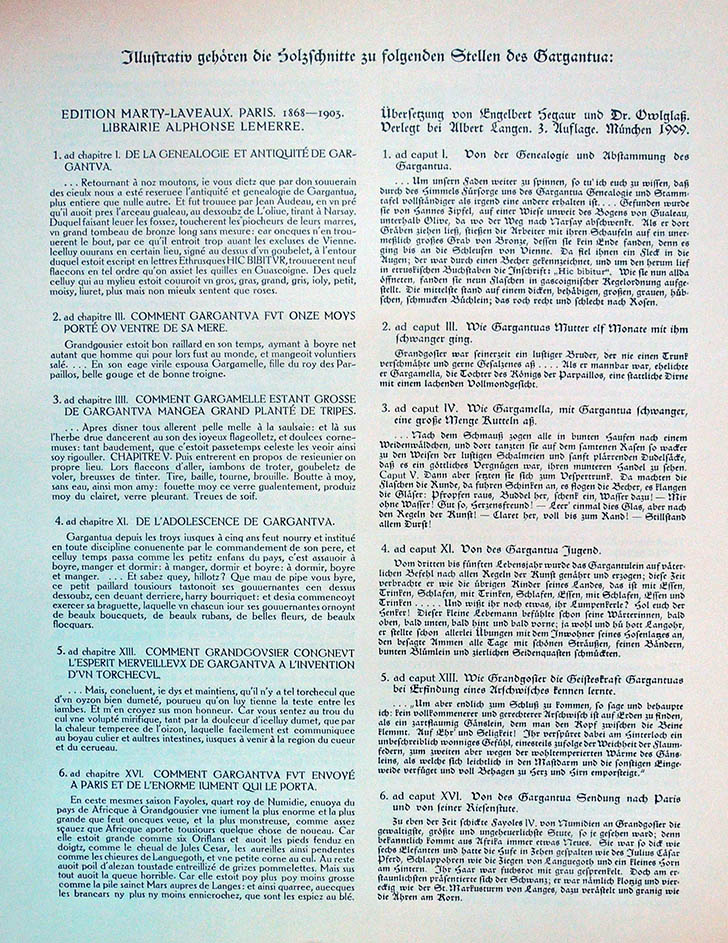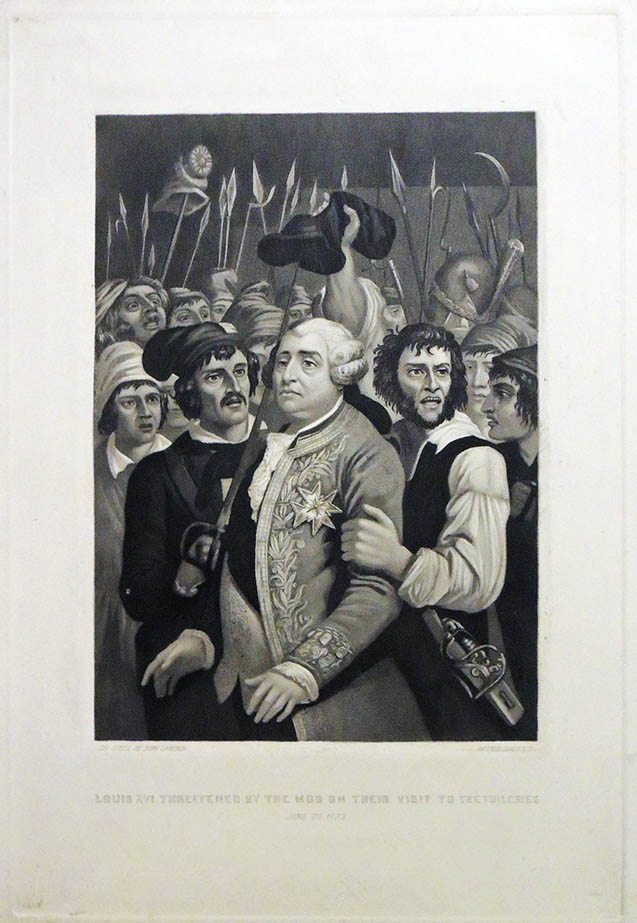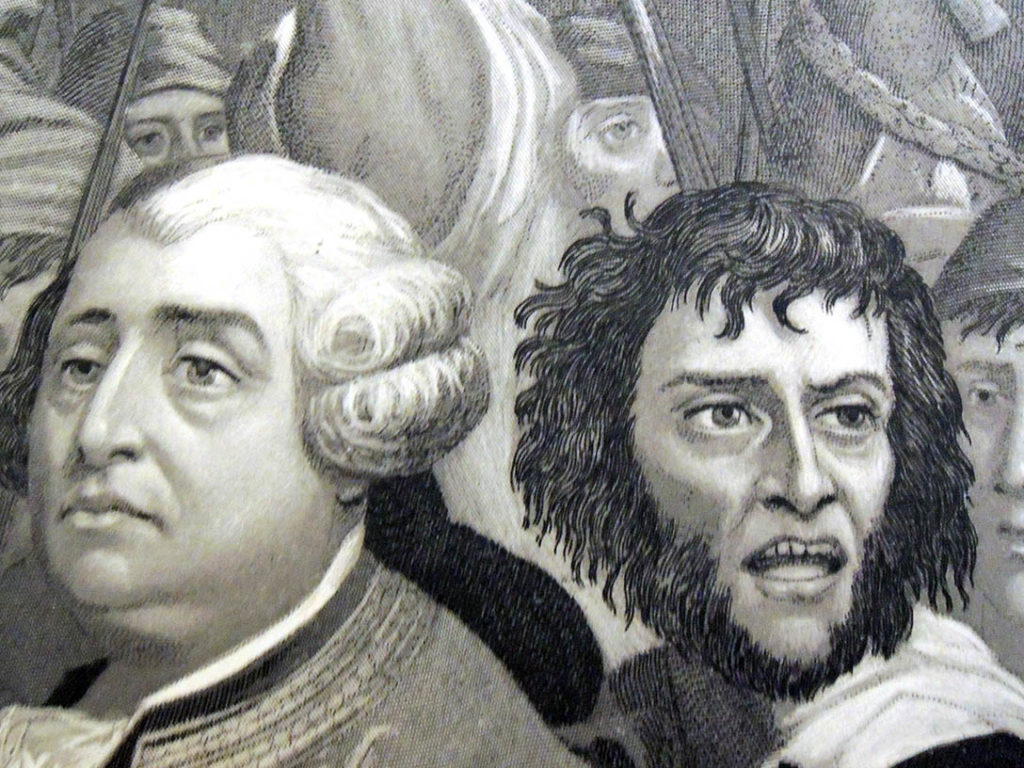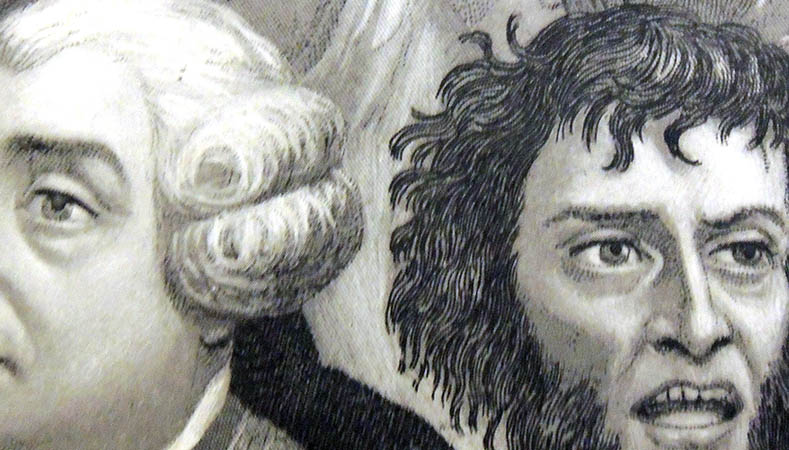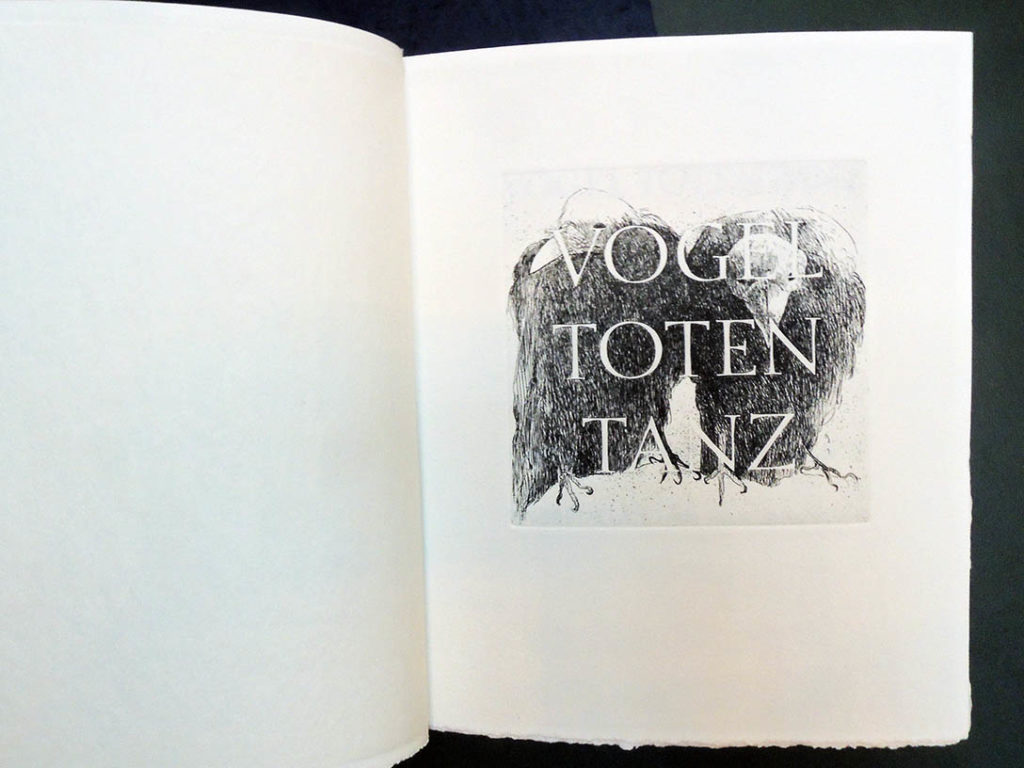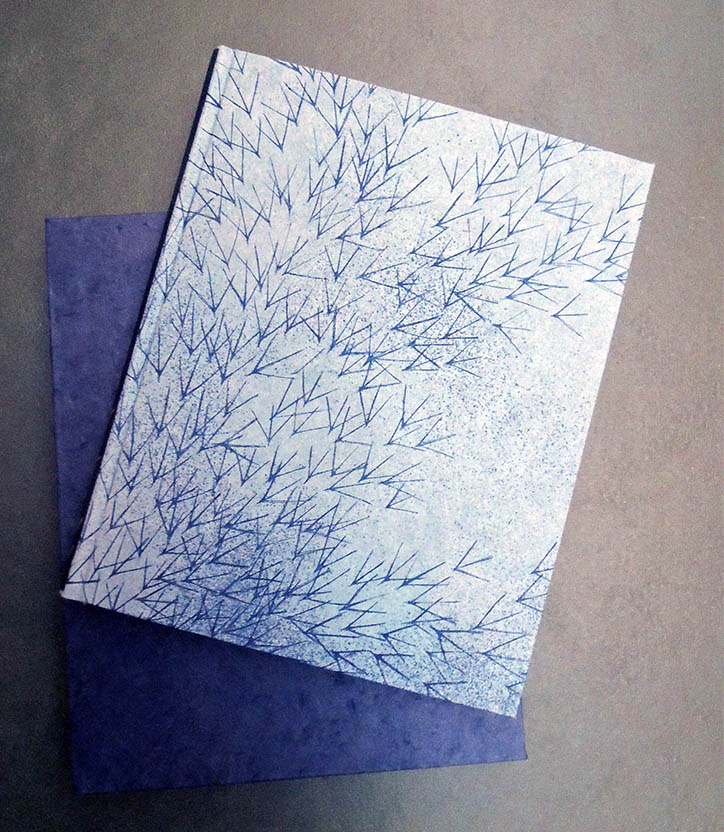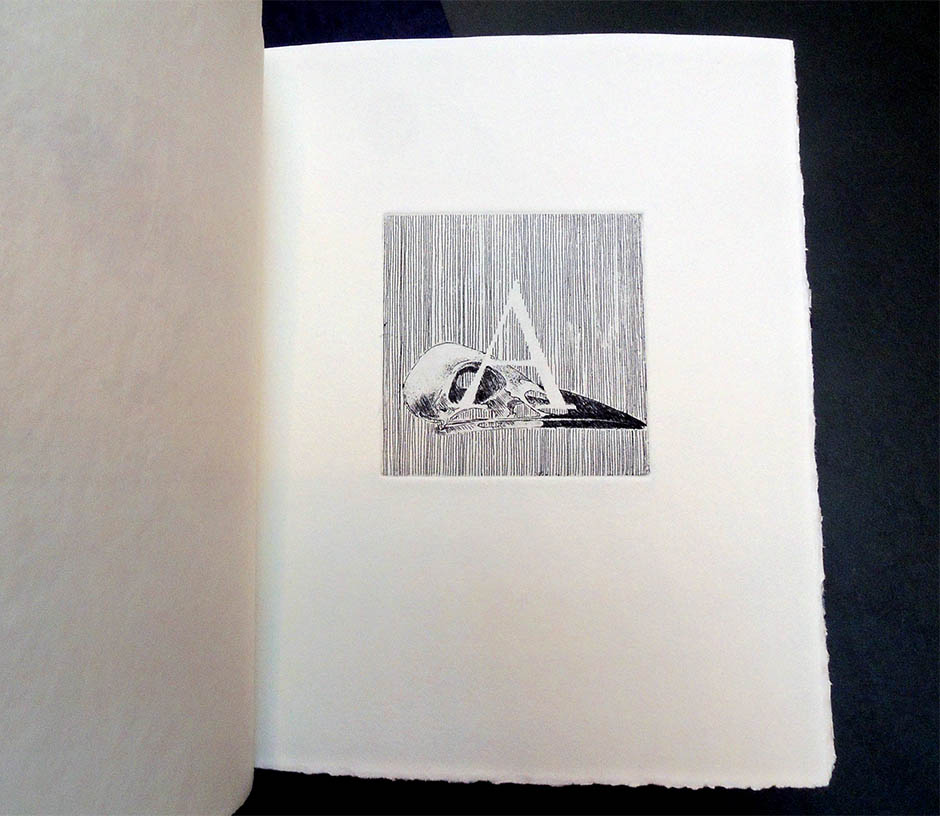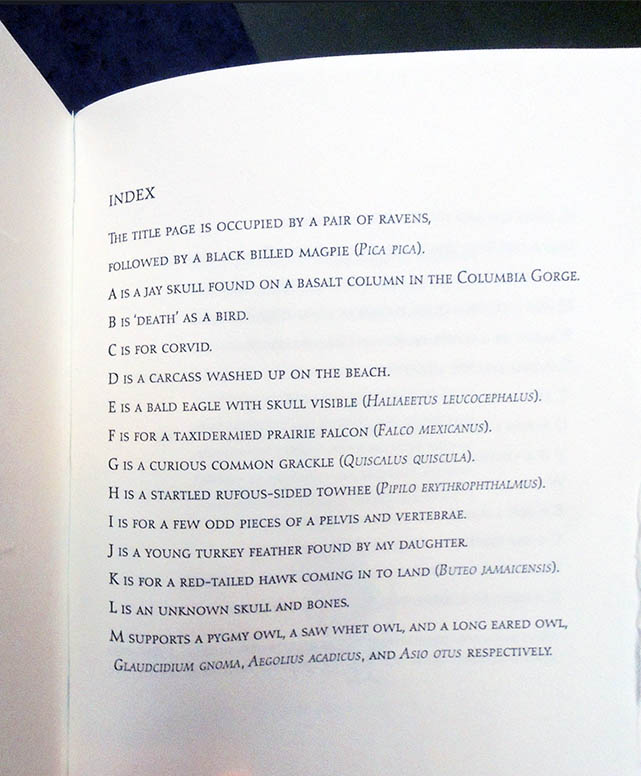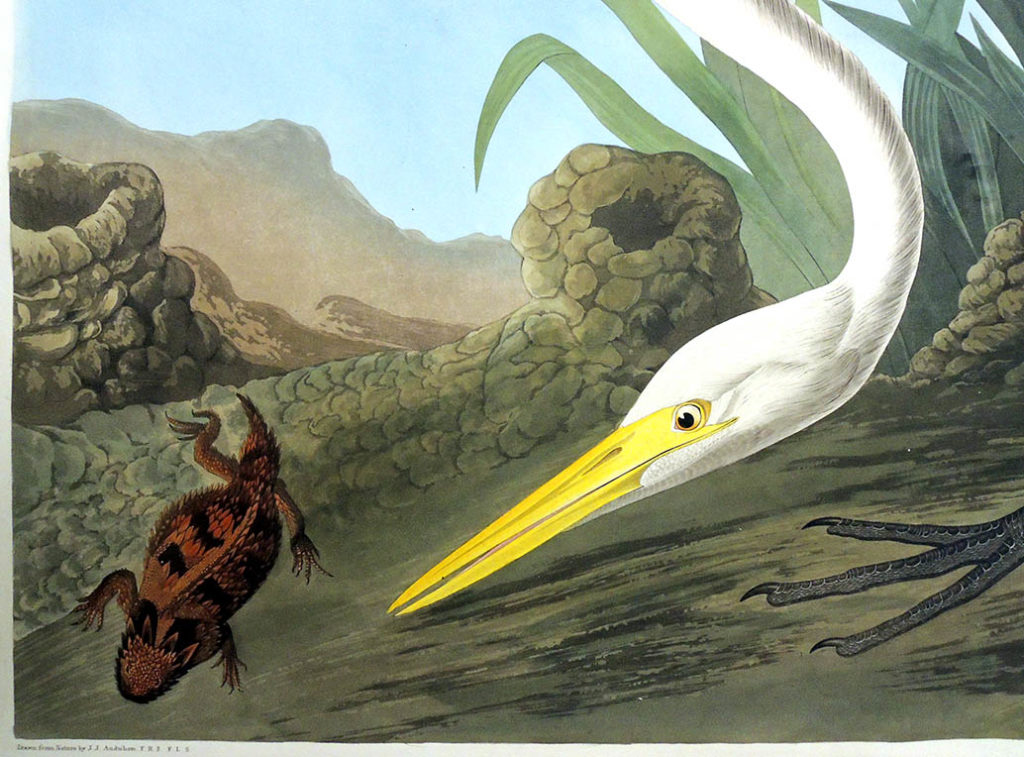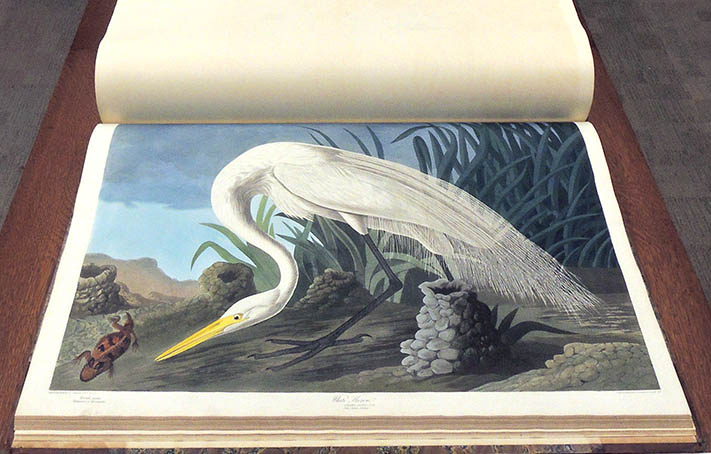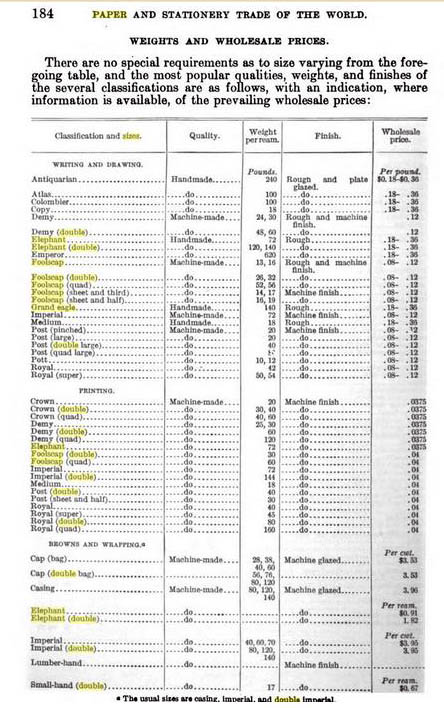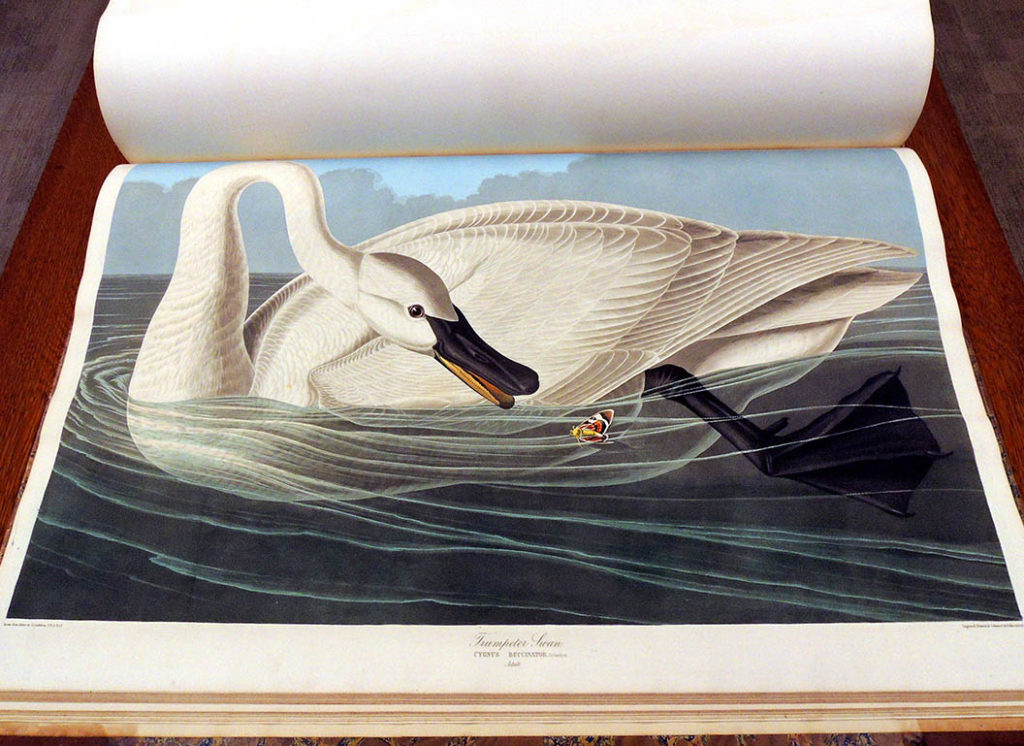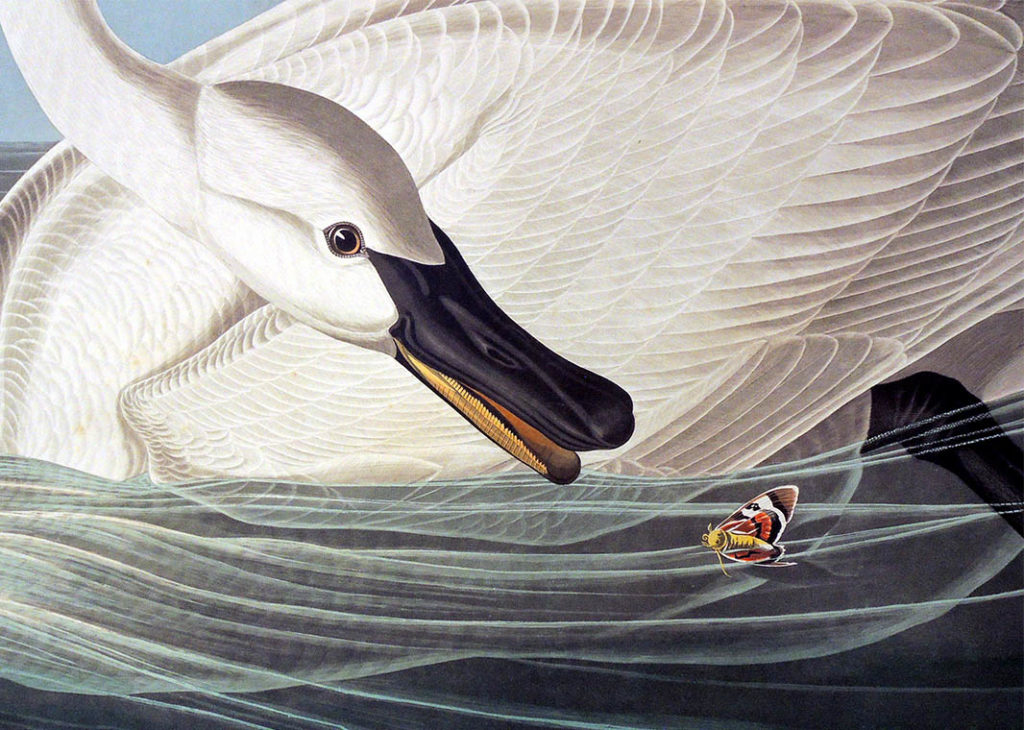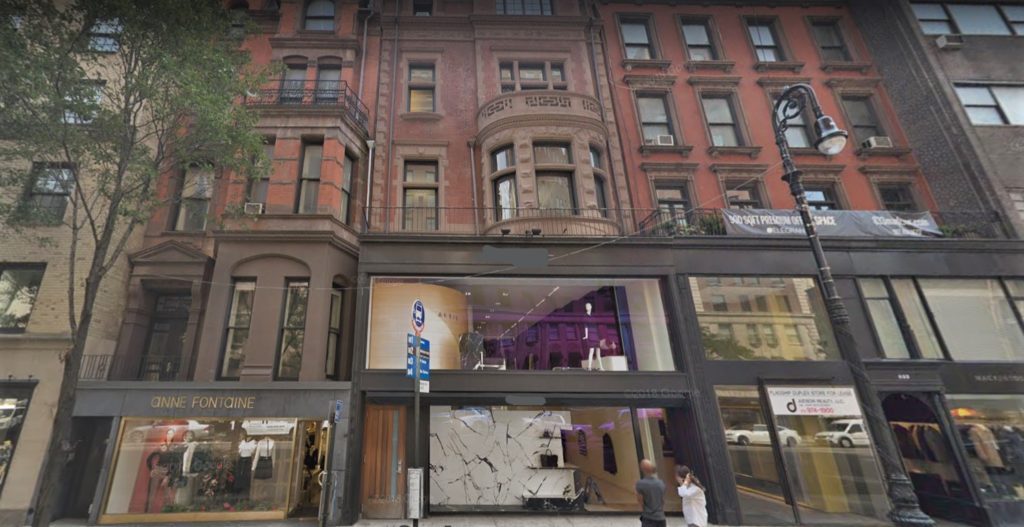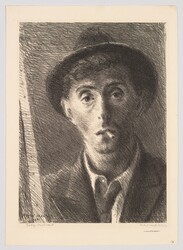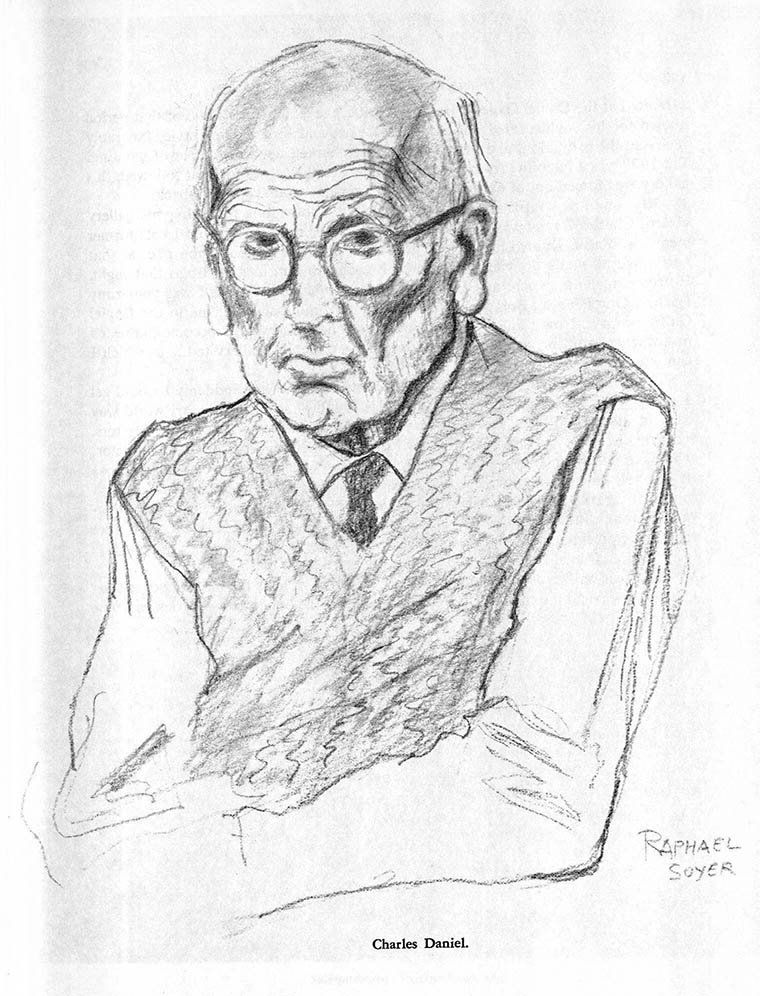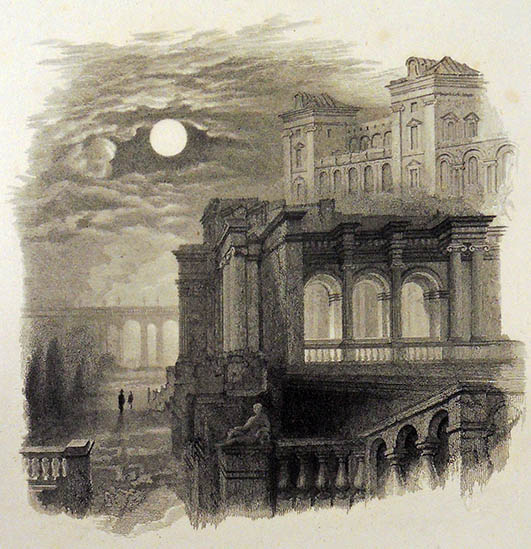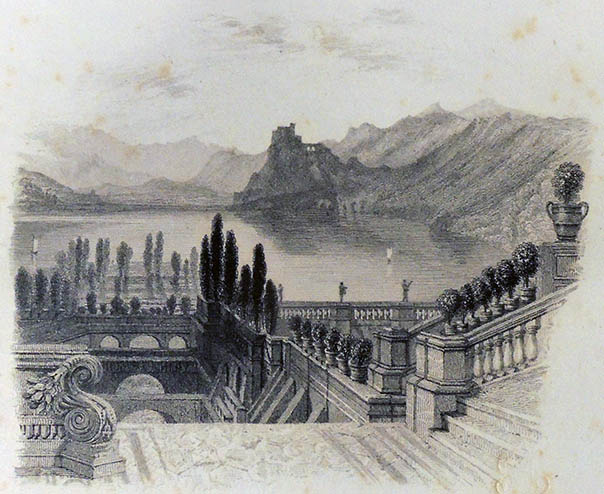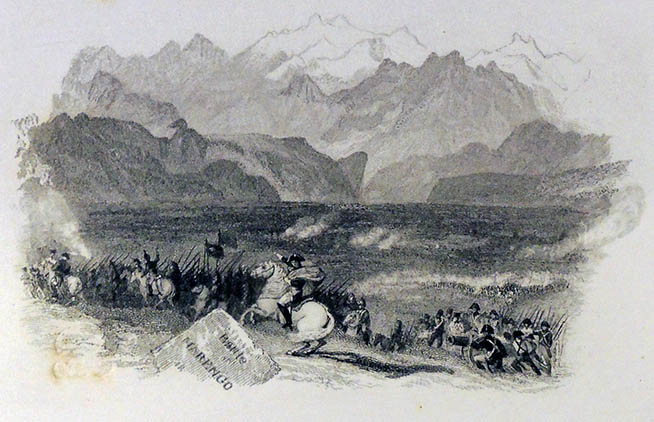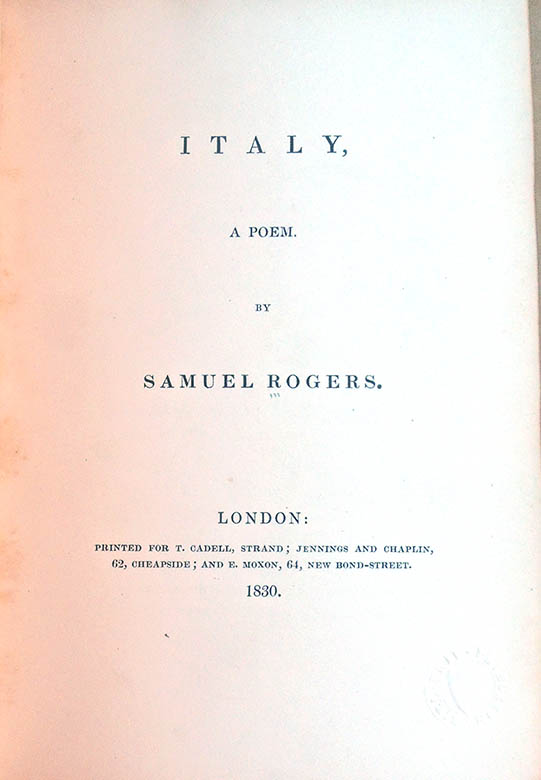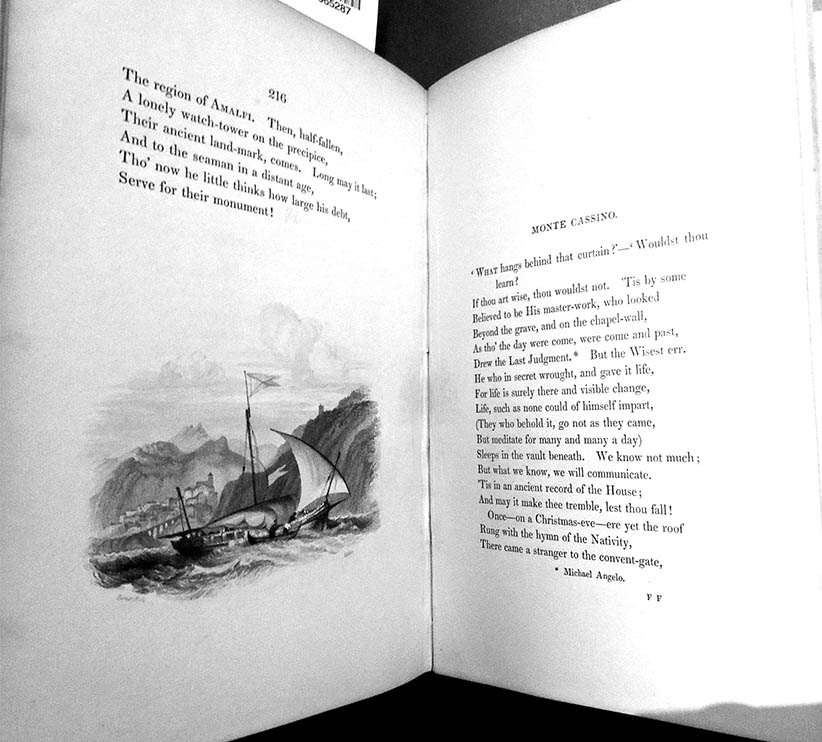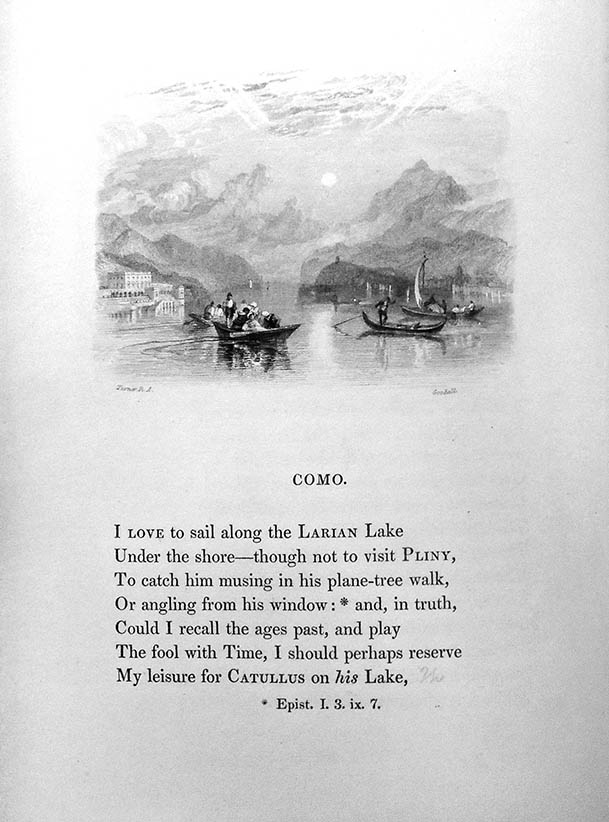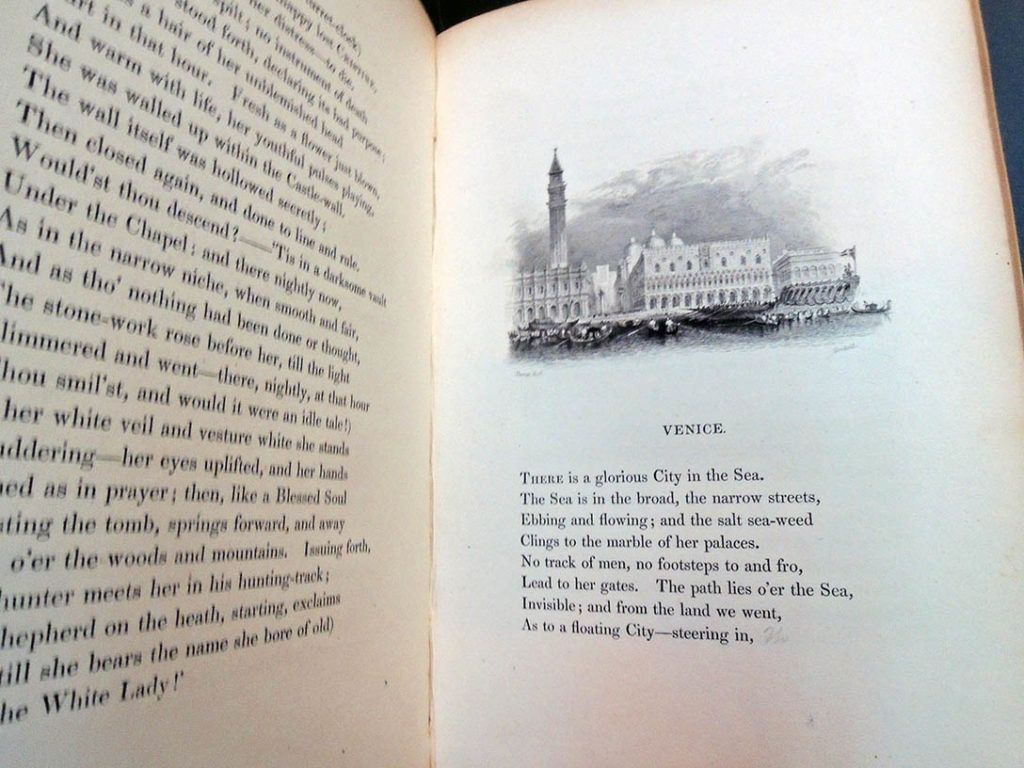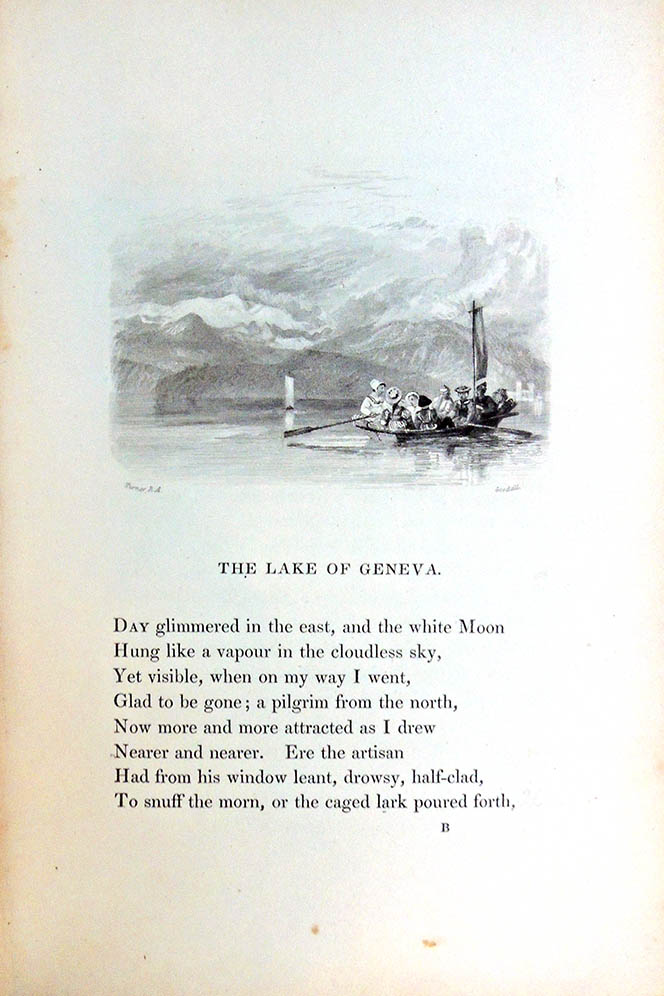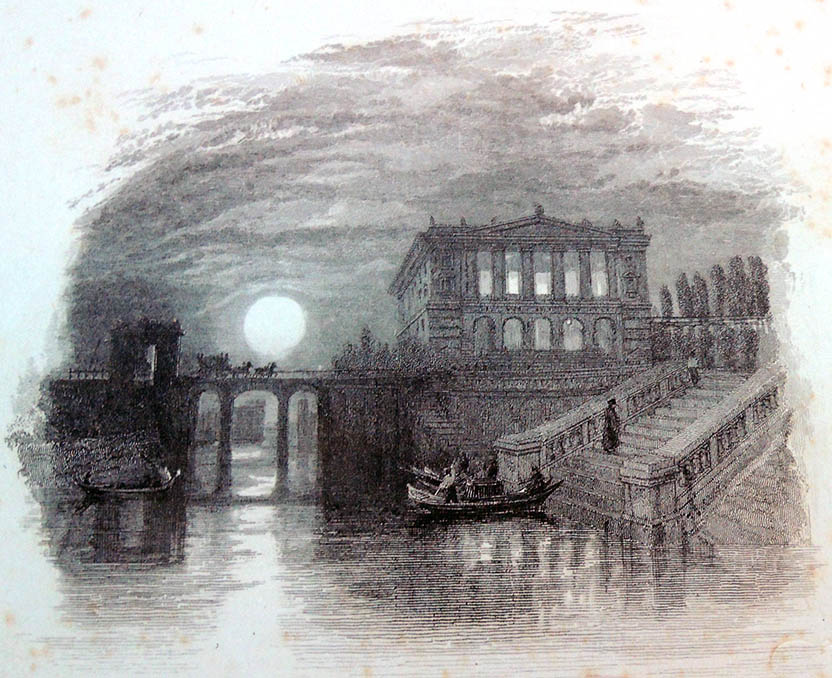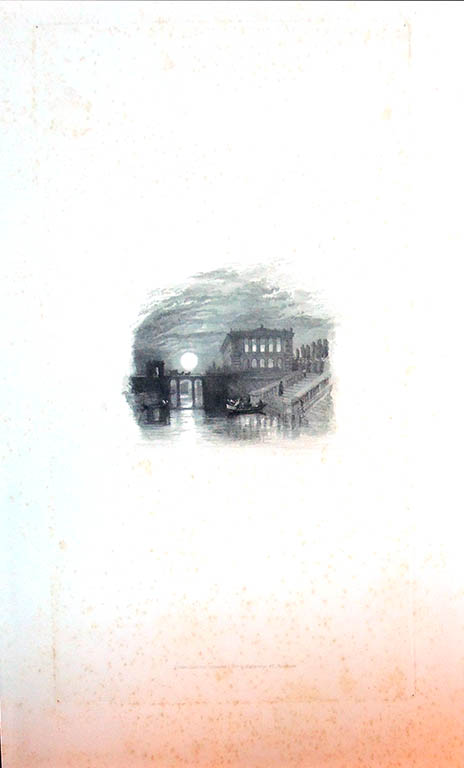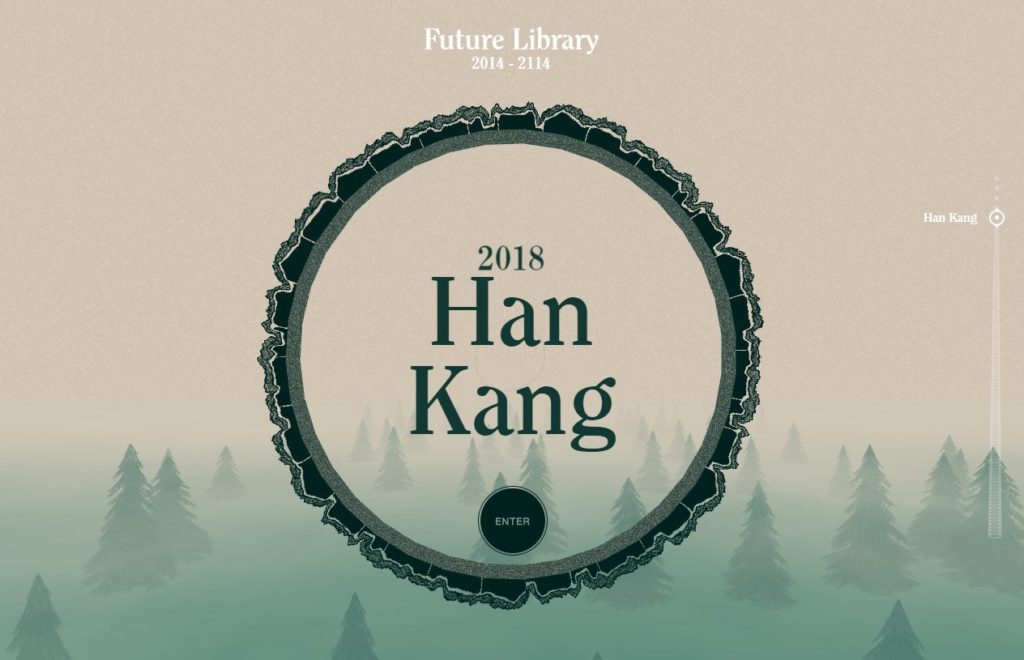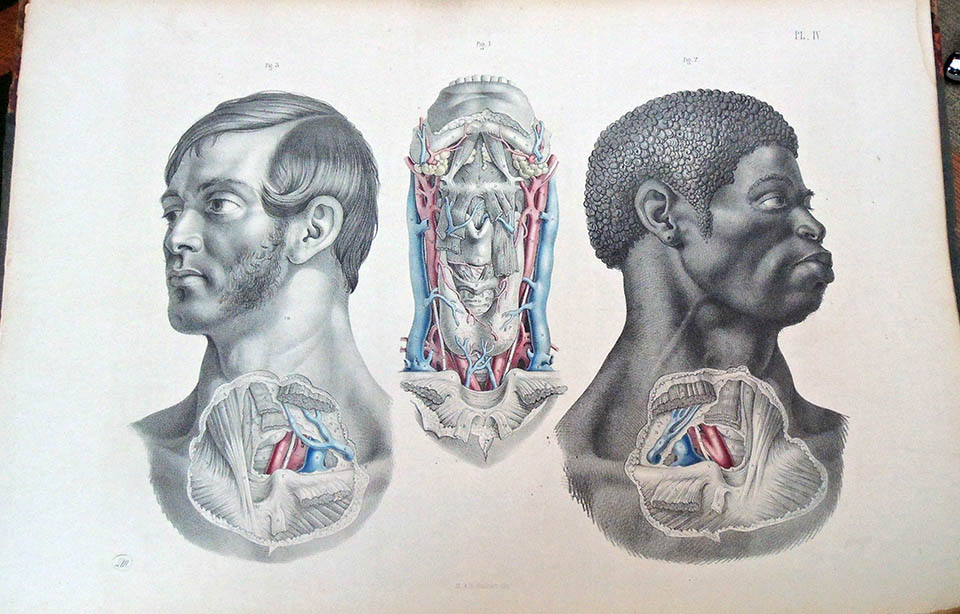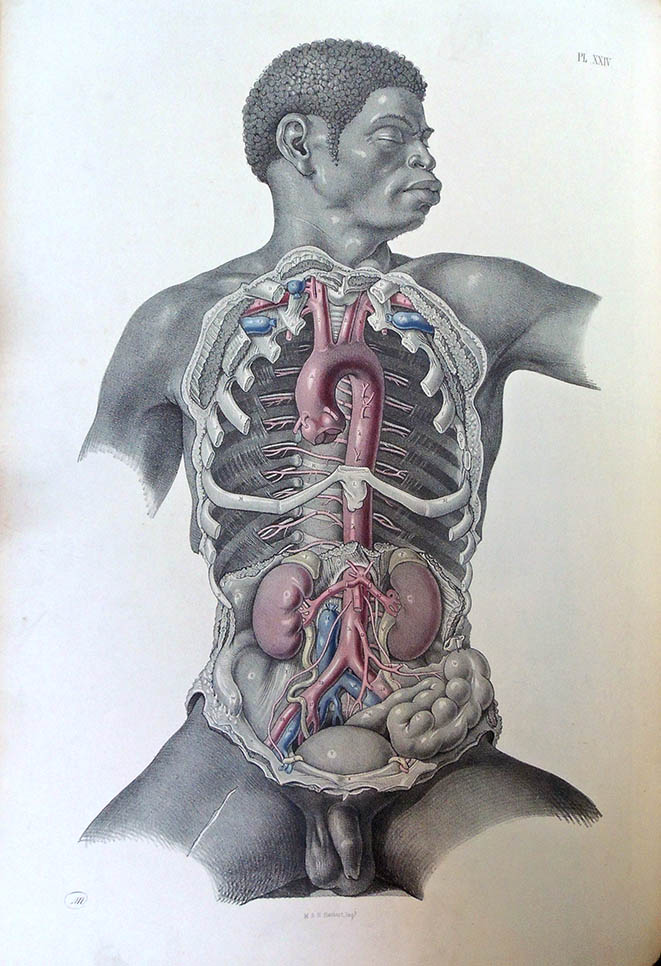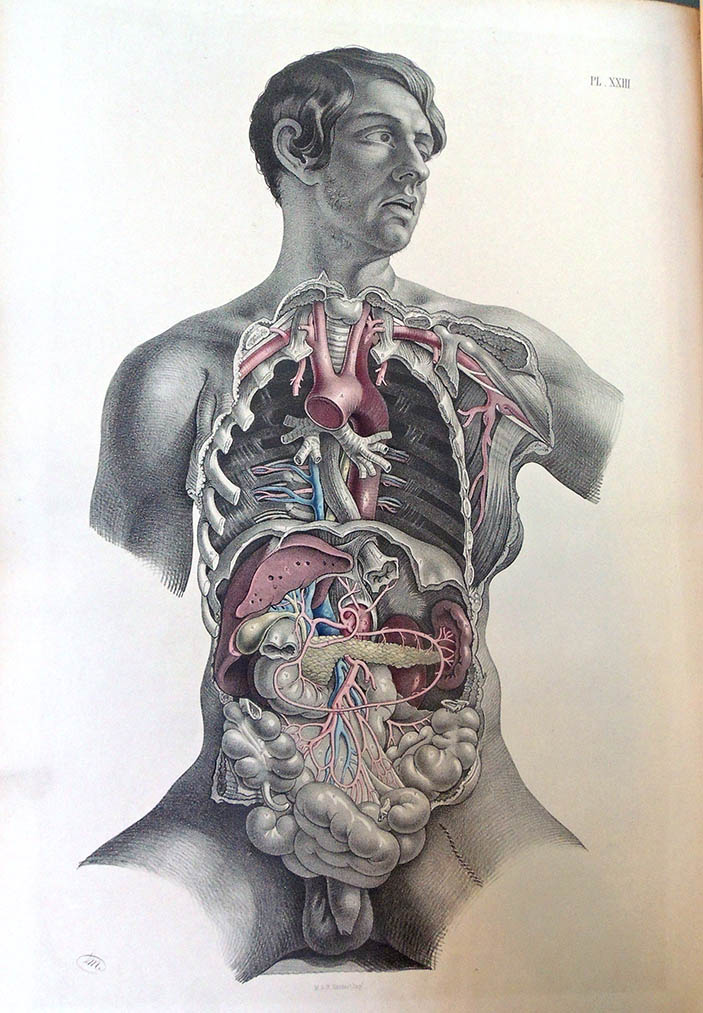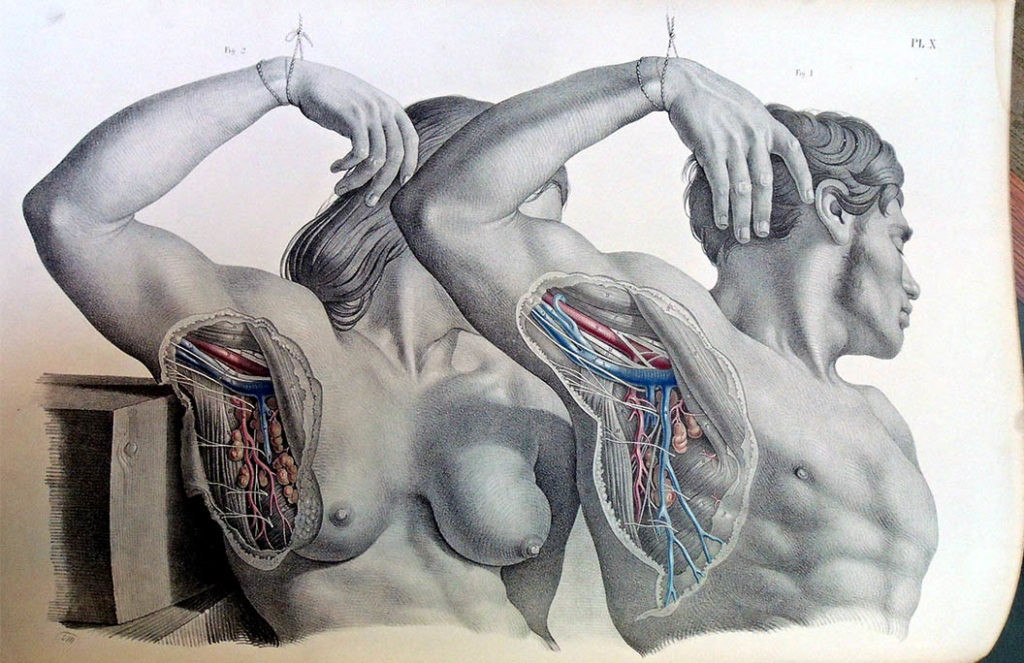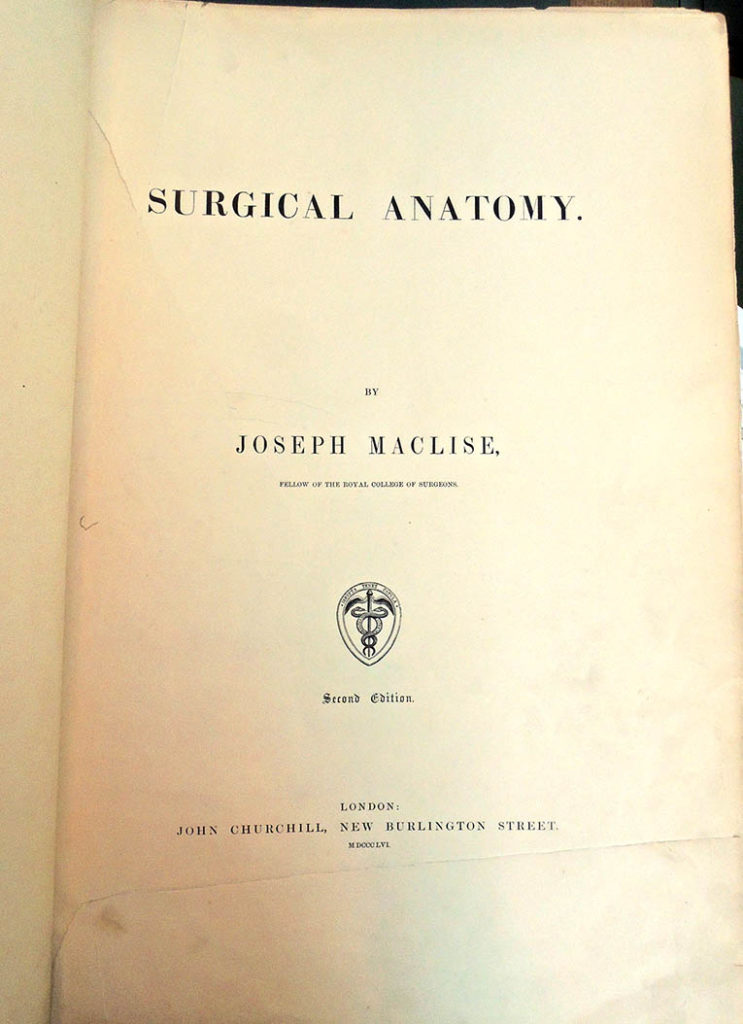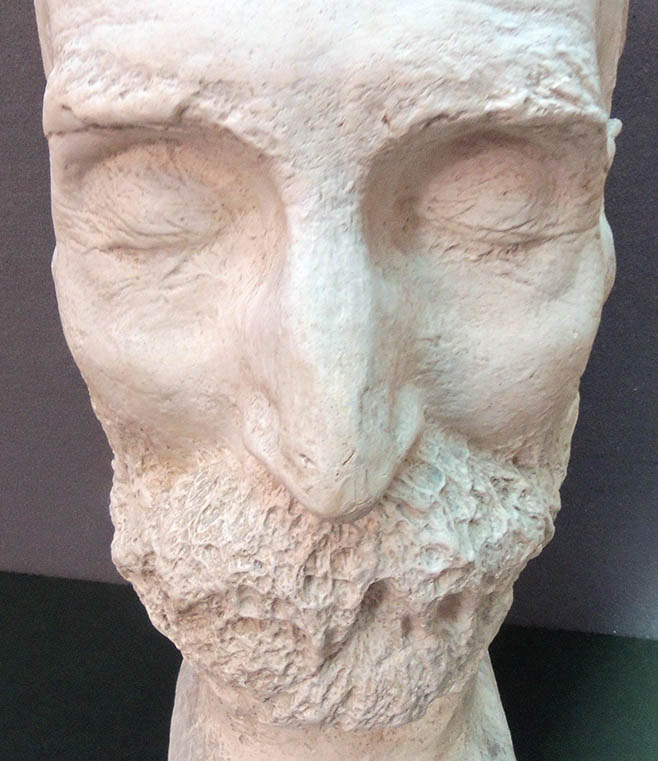
“When Whitman finally died, among those first notified by his secretary-friend Traubel, was Eakins himself. He and a former student, [Samuel] Murray, came a final time to 328 Mickle Street. They’d arrived equipped to make Walt’s plaster death mask. Afterwards, the loyal secretary-disciple surveyed the old man’s body. He noted how, though the snowy drift of beard had been caked and disarrayed by Eakins’ work, there was no more damage than a slight reddening at the bridge of Walt’s nose. Such care had Tom taken. Whitman had requested that his young painter-friend be pallbearer at the funeral attended by thousands.”—Allan Gurganus, “The Lessons of Likeness.” This lecture was originally delivered on March 8, 2008, as part of the “American Pictures” program sponsored by Washington College, the National Portrait Gallery, and the Smithsonian American Art Museum.
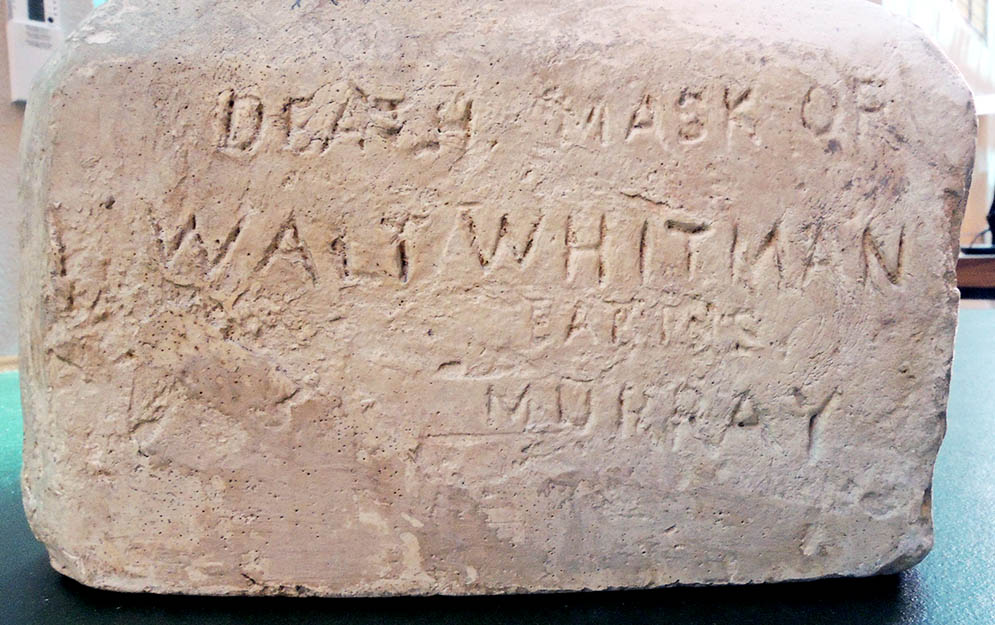 Samuel Aloysius Murray (1870-1941) assisted by Thomas Cowperthwaite Eakins (1844-1916), Walt Whitman death mask, May 31, 1819. Plaster. Laurence Hutton Collection
Samuel Aloysius Murray (1870-1941) assisted by Thomas Cowperthwaite Eakins (1844-1916), Walt Whitman death mask, May 31, 1819. Plaster. Laurence Hutton Collection
Song of Myself by Walt Whitman
1
I CELEBRATE myself, and sing myself,
And what I assume you shall assume,
For every atom belonging to me as good belongs to you.
I loafe and invite my soul,
I lean and loafe at my ease observing a spear of summer grass.
My tongue, every atom of my blood, form’d from this soil, this
air,
Born here of parents born here from parents the same, and their
parents the same,
I, now thirty-seven years old in perfect health begin,
Hoping to cease not till death.
Creeds and schools in abeyance,
Retiring back a while sufficed at what they are, but never forgotten,
I harbor for good or bad, I permit to speak at every hazard,
Nature without check with original energy.
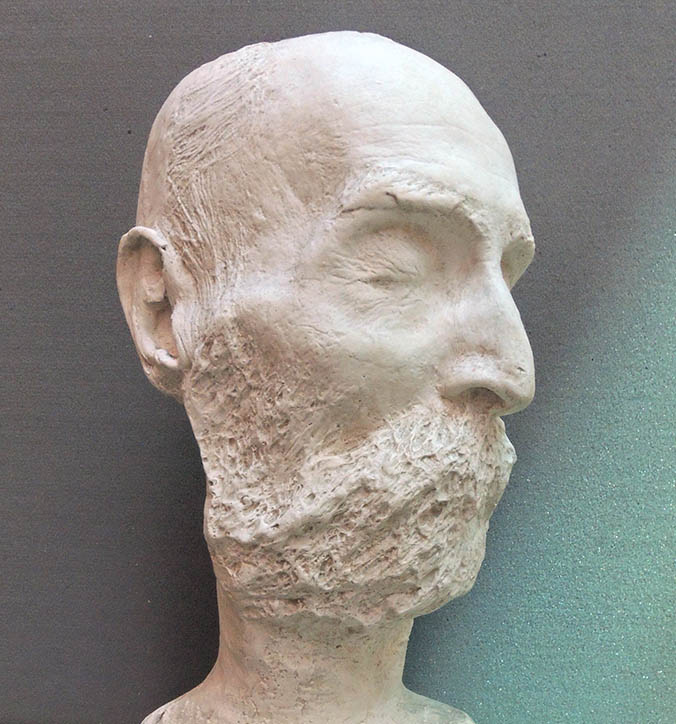
2
Houses and rooms are full of perfumes, the shelves are crowded
with perfumes,
I breathe the fragrance myself and know it and like it,
The distillation would intoxicate me also, but I shall not let it.
The atmosphere is not a perfume, it has no taste of the distillation,
it is odorless,
It is for my mouth forever, I am in love with it,
I will go to the bank by the wood and become undisguised and
naked,
I am mad for it to be in contact with me.
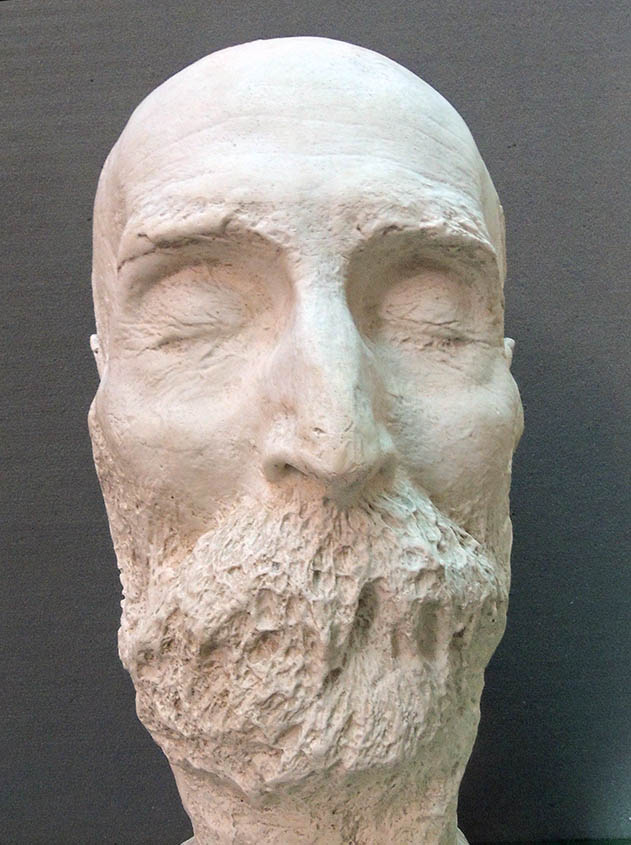
The smoke of my own breath,
Echoes, ripples, buzz’d whispers, love-root, silk-thread, crotch and
vine,
My respiration and inspiration, the beating of my heart, the pass-
ing of blood and air through my lungs,
The sniff of green leaves and dry leaves, and of the shore and
dark-color’d sea-rocks, and of hay in the barn,
The sound of the belch’d words of my voice loos’d to the eddies
of the wind,
A few light kisses, a few embraces, a reaching around of arms,
The play of shine and shade on the trees as the supple boughs
wag,
The delight alone or in the rush of the streets, or along the fields
and hill-sides,
The feeling of health, the full-noon trill, the song of me rising from
bed and meeting the sun.
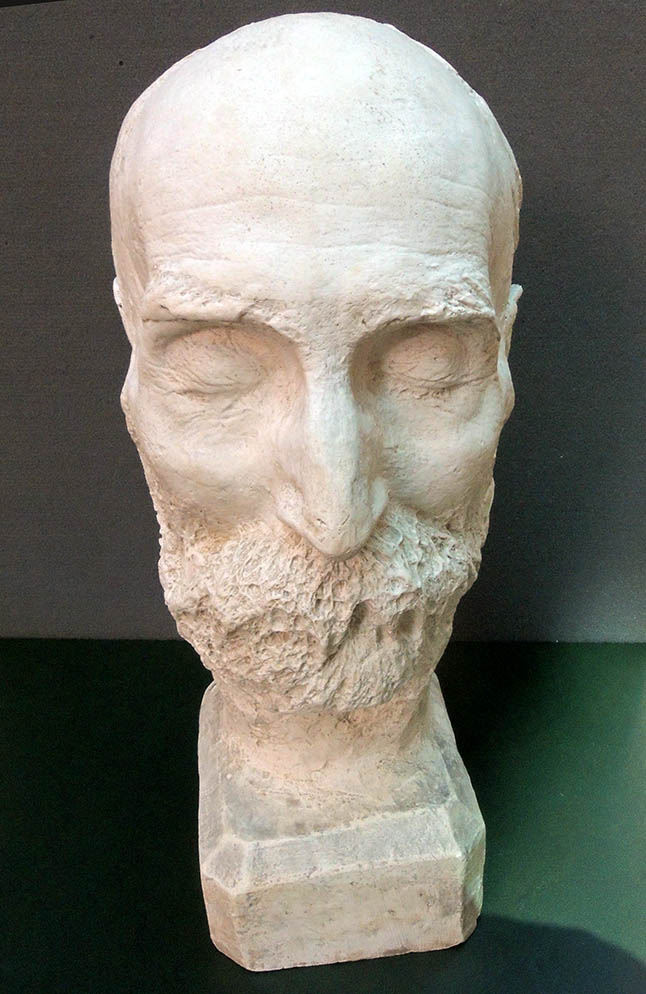 Have you reckon’d a thousand acres much? have you reckon’d
Have you reckon’d a thousand acres much? have you reckon’d
the earth much?
Have you practis’d so long to learn to read?
Have you felt so proud to get at the meaning of poems?
Stop this day and night with me and you shall possess the origin
of all poems,
You shall possess the good of the earth and sun, (there are millions
of suns left,)
You shall no longer take things at second or third hand, nor look
through the eyes of the dead, nor feed on the spectres in
books,
You shall not look through my eyes either, nor take things from me,
You shall listen to all sides and filter them from your self.
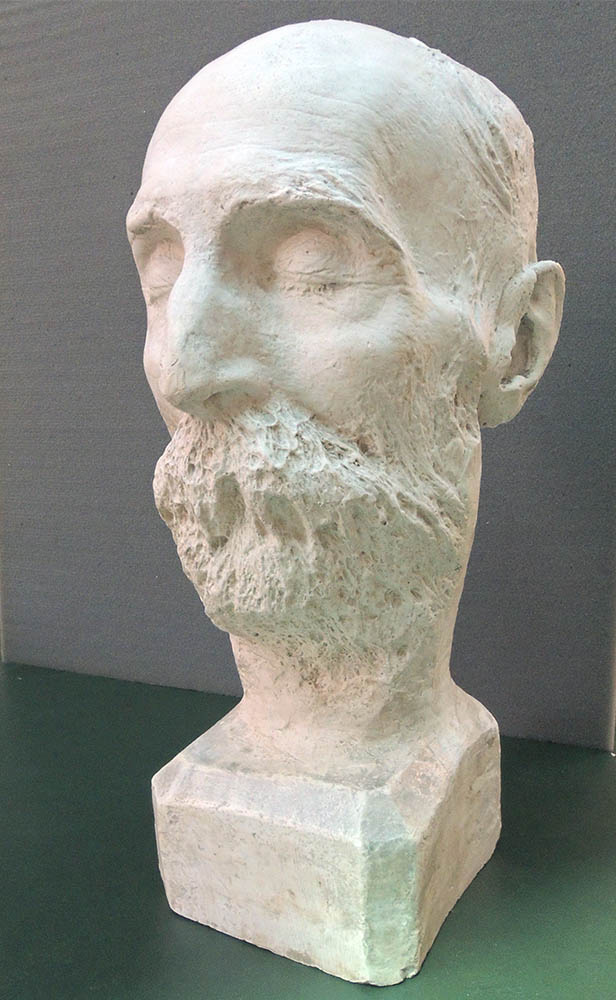
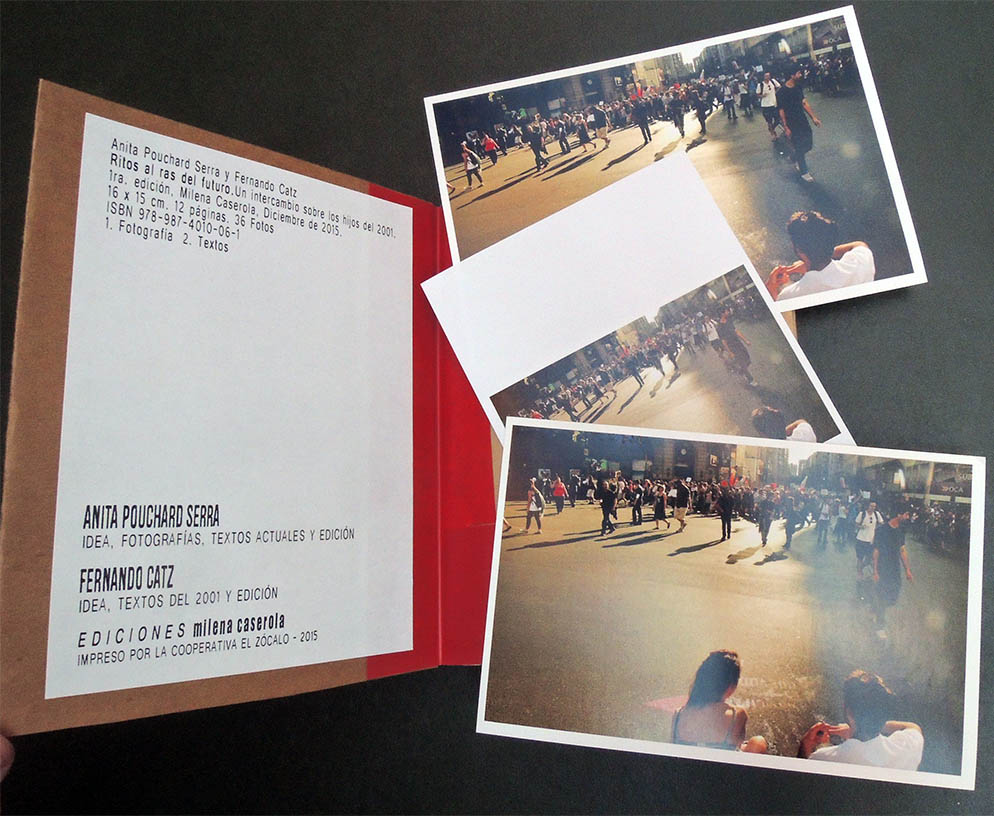 Anita Pouchard Serra, Ritos al ras del futuro: un intercambio de miradas sobre los Hijos de 2001, fotografias, Anita Pouchard Serra con Fernando Catz ([Argentina]: Milena Caserola, 2015). Graphic Arts collection GAX 2019- in process
Anita Pouchard Serra, Ritos al ras del futuro: un intercambio de miradas sobre los Hijos de 2001, fotografias, Anita Pouchard Serra con Fernando Catz ([Argentina]: Milena Caserola, 2015). Graphic Arts collection GAX 2019- in process